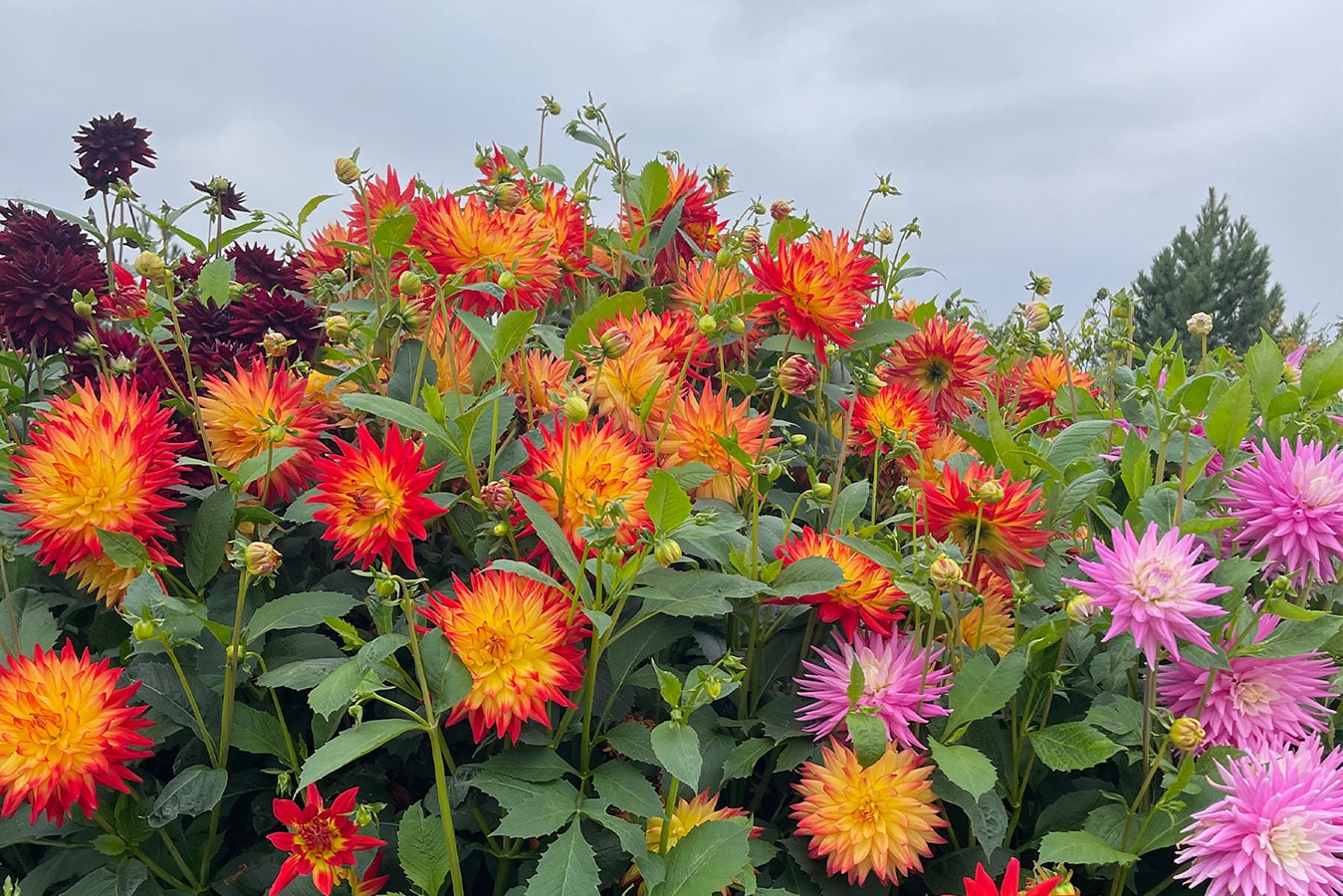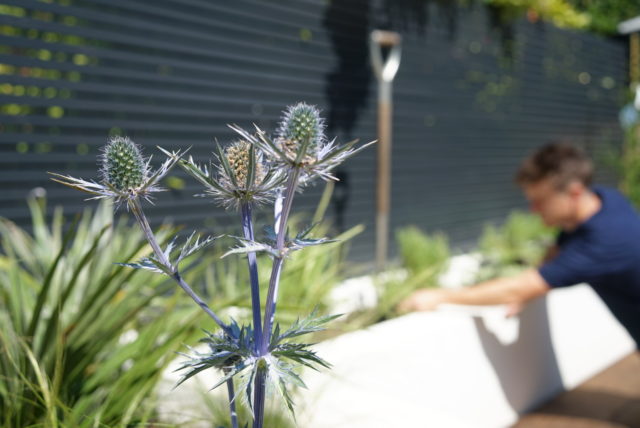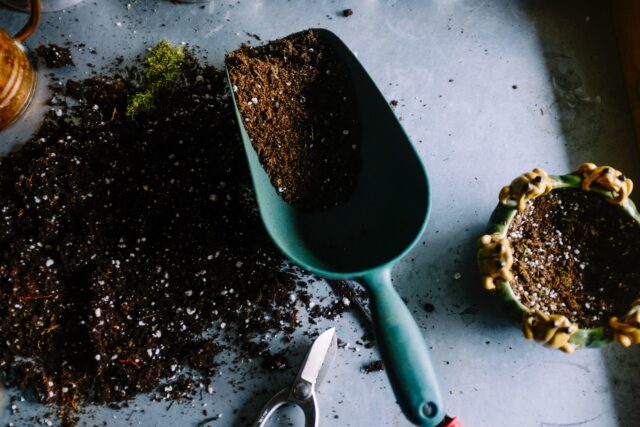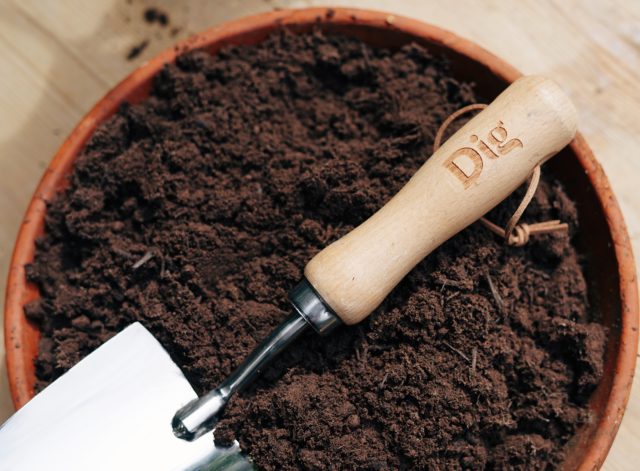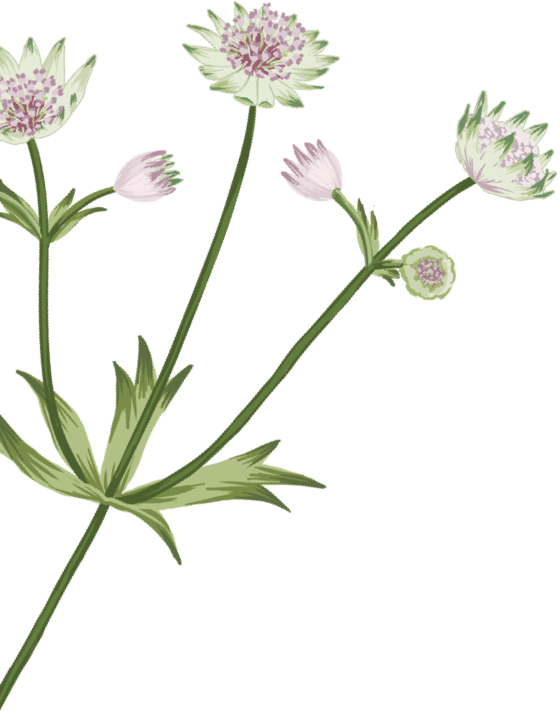Why Dahlias?
Dahlias have an unparalleled ability to transform any garden into an explosion of colour and texture – especially in summer and early autumn when colour can begin to be in short supply. Their blooming period, stretching from mid-summer until the first frosts, ensures a continuous display when many other flowers are fading. Their versatility is astounding too, ranging from diminutive pompons, through to dinner-plate sized giants. Whether you have a cottage garden or prefer to make a modern, architectural statement in your outdoor space, we can guarantee there will be a Dahlia to suit your taste.
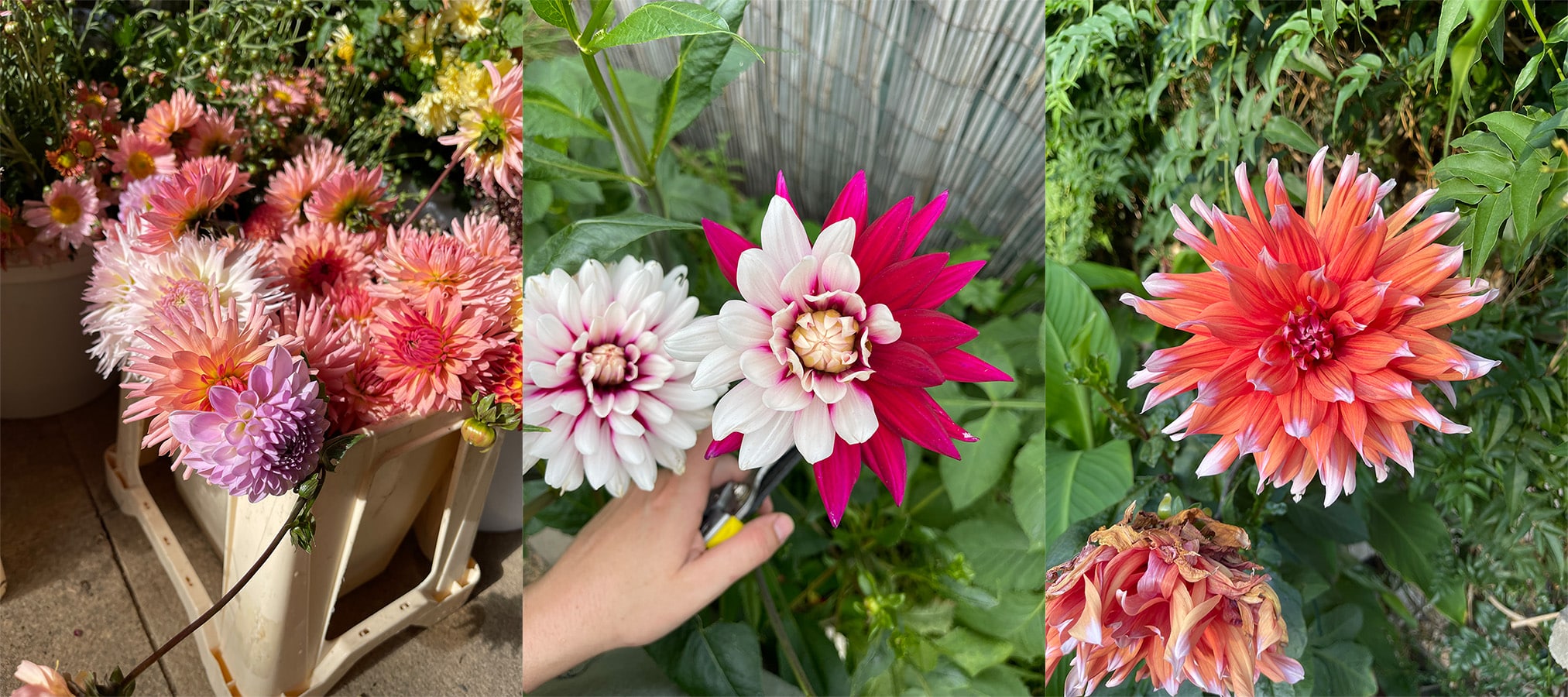
Plant now for summer glory
To maximize your enjoyment of these stunning blooms, now is the perfect time to prepare. Dahlias are typically planted as tubers, which are swollen underground stems. Here’s how to ensure a successful and bountiful display:
1. Preparing the Soil: Dahlias thrive in well-drained, fertile soil. Amend heavy clay soils with compost or well-rotted manure to improve drainage. Choose a sunny location, as dahlias need at least six hours of sunlight daily.
2. Planting: Dig a hole slightly larger than the tuber, placing the tuber about 10-15 cm (4-6 inches) deep with the growth points facing upwards. For larger varieties, provide support stakes at planting time to avoid damaging the roots later. Space tubers according to the variety’s mature size, typically 45-90 cm (18-36 inches) apart.
3. Pot first: To ensure maximum success, we advise planting into pots first, keeping in a greenhouse or warm windowsill, until you’re certain the final frosts have passed – especially if you live further north. Pot them on into the ground afterwards.
4. Initial Care: Water the newly planted tubers lightly, and avoid overwatering until shoots appear. Once growth begins, water regularly, especially during dry spells.
5. Pinching Out: When the plants reach about 30cm (12 inches) tall, pinch out the growing tip to encourage bushier growth and more flowers.
6. Deadheading: Once the blooms arrive (this won’t be for months, sadly) make sure to regularly remove spent flowers to promote continuous blooming.
7. Feeding: Dahlias are heavy feeders. Apply a balanced fertilizer every 4-6 weeks during the growing season.
8. Enjoy: All you have to do after that is enjoy the fruits/blooms of your labour. Dahlias make excellent cut flowers and work beautifully with many other late summer colours.

